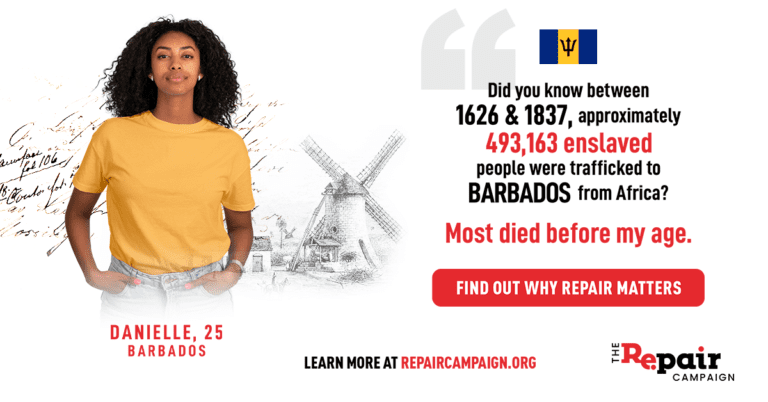The Genocidal Legacy of Chattel Slavery
June 28, 2024

Why do we need an apology today for the genocidal treatment of our enslaved African ancestors, who died before they had a chance to live?
Reparations for chattel enslavement remain elusive for many young people in Barbados today.
The historical injustices of chattel enslavement have left ongoing scars on our society, affecting our economic, social, ecological landscape, and the very way we interact with each other – including the largest homicide rate among Caribbean Youth.¹ Understanding the impact of this legacy is crucial for building a just and equitable future.
Life Expectancy
Chattel enslavement, via the transatlantic trafficking of Africans, was a ruthlessly manufactured genocide. Between 1626 and 1837², approximately 608,959 people were transported from West Africa to Barbados. However, only 493,163 survived these treacherous journeys.³ Based on these records, approximately 20% of enslaved Africans died during the voyage to Barbados.⁴ Once the enslaved Africans arrived in the Caribbean, they underwent another ruthless period of ‘seasoning’ where they were forced to adapt to horrific working and living conditions, while being cut off from their native languages and customs. This process was so horrendous that 43% of all enslaved Africans died within 3 years of their arrival at the Codrington plantations in Barbados from 1741 to 1746.⁵ Moreover, the life expectancy of an enslaved person from birth was between 20 to 29 years on average, whereas white persons in Barbados had a life expectancy of about 35 years on average, similar to that in England.⁶
Planters made minimal provisions for enslaved Africans, as they were considered property, and not people. The enslaved people suffered from malnutrition and starvation among the other horrors. Despite a steady influx of about 4,000 annually, the number of enslaved Africans in Barbados diminished from 46,602 in 1683 to 46,462 in 1685.⁷ The decline highlights the result of the inhumane conditions endured by young people, who were literally worked to death. The former colonisers instilled fear, using the most brutal forms of extreme physical abuse, including rape and torture, to ensure their ‘property’ worked hard and resisted the urge to escape. The treatment of the enslaved people in Barbados became the template of control by law – aka The Slave Codes – which introduced legal justification to mistreat and murder without recourse and were later adopted by other Caribbean islands.⁸
Control and Domination
These measures of control and domination still impact the lived experiences of Caribbean youth, often resulting in increased anxiety, indifference to trauma, high risk-taking behaviour and the rapidly diminishing perception of any value of life. A 2021 CARICOM Report provides evidence that the Latin America and Caribbean region has the highest rate of homicide among men aged 15-29 in the world. A rate of 68.6 per 100,000, for the region is alarming when compared to those of countries such as Canada (2.5 per 100,000) and Chile (5.2 per 100,000).⁹ Life expectancy amongst certain groups of Caribbean young men remains on average 25 – 30 years old, 400 years later.¹⁰
The fight for reparations is about rectifying past wrongs and addressing the inherited deficiencies in our capacity to provide for a sustainable future that facilitates human flourishing. The infrastructure of enslavement has been the destructive foundation of the underdevelopment of Caribbean societies thus far. Enslavement is not crystallised in the past, dealt with after the moment of emancipation. Its legacies continue to hamper the sustainable futures of Barbados and the wider Caribbean. Following Lloyd Best’s prerogative, how can we move ahead with sustainable and equitable futures if we do not first cope with the injustices inherited by colonial oppression?¹¹
End Notes:
1. Bailey, C & Coore Desai, C. (2011). Youth Masculinities and Violence in the Caribbean Prepared on behalf of the CARICOM Advocate for Gender Justice. caricom.org/documents/11306-gender_advocate_final_report_-_youth_masculinities_and_violence_in_the_caribbean_(1).pdf
2. Despite Barbados receiving full emancipation in 1834, Slave Voyages’ database indicates the arrival of a further 433 Africans up until 1837 (slavevoyages.org/assessment/estimates)
3. See previous reference
4. See previous reference
5. Doctors and slaves: a medical and demographic history of slavery in the British west indies, 1680-1834. (2009). . Cambridge University Press.
6. Dunn, R. S., & Nash, G. B. (1972). Sugar and Slaves: The Rise of the Planter Class in the English West Indies, 1624-1713. University of North Carolina Press.
7. Schomburgk, Barbados, p. 82; Starkey, Economic Geography, p. 70; Frank Pitman, The Development of the British West Indies, 1700-1763 (New Haven, 1917), pp. 372-373
8. Edward B. Rugemer. (2013). The Development of Mastery and Race in the Comprehensive Slave Codes of the Greater Caribbean during the Seventeenth Century. The William and Mary Quarterly, 70(3), 429–458. doi.org/10.5309/willmaryquar.70.3.0429
9. Bailey, C & Coore Desai, C. (2011). Youth Masculinities and Violence in the Caribbean Prepared on behalf of the CARICOM Advocate for Gender Justice. caricom.org/documents/11306-gender_advocate_final_report_-_youth_masculinities_and_violence_in_the_caribbean_(1).pdf
10. See previous reference
11. Best, L. (2013), ‘Independent Thought and Caribbean Freedom’, in Aaron Kamugisha ed, Caribbean Political Thought: the Colonial State to Caribbean Internationalisms, Ian Randle Publishers 2013, pp.313-337, p.334
